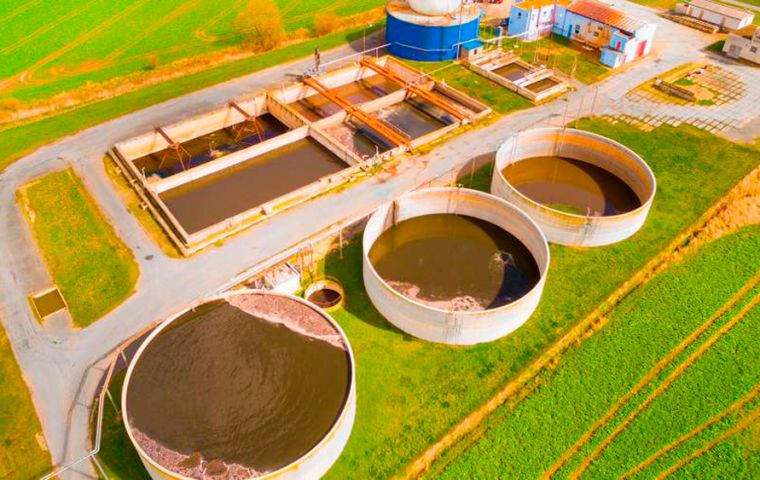MercoPress. South Atlantic News Agency
Brazil: Electricity generation from sugarcane biomass on the rise
 Sugarcane biomass accounts for 72% of all installed bioelectricity capacity in Brazil
Sugarcane biomass accounts for 72% of all installed bioelectricity capacity in Brazil According to a study by Brazil's Sugarcane and Bioenergy Industry Union (Unica) released Monday, electricity generation from sugarcane biomass grew 28.7% in the first four months of 2023, reaching 1,858,699 MWh, which is tantamount to 3% of all the energy in the South American country, Xinhua reported.
”It is a quite considerable increase, especially if we take into account that in that period (from January to April) we were practically in sugarcane inter-cultivation,“ said Unica's Bioelectricity manager, Zilmar Souza.
”This renewable generation is equivalent to meeting the annual electricity consumption of almost three million people or 8 percent of the country's gas-fired thermal generation in 2022,” he added.
He also pointed out that with the official start of the sugarcane harvest in the center-south region in April, bioelectricity for the grid, involving all biomass, accounted for 3.7% of the country's total generation in that month, ranking third in terms of representativeness. This percentage exceeds photovoltaic and gas-fired thermal generation. In May, it represented 6.2 % of the country's total generation.
Brazil has been one of the world powers in bioelectricity generation since the 1980s, with a total of 422 thermoelectric plants using sugarcane bagasse and straw.
Sugarcane biomass is the fourth most important source in the Brazilian electricity matrix, with 6.3% of the country's installed capacity. With all biomasses considered, the installed capacity amounts to 17,082 MW, which represents 8.8 % of the installed capacity in the Brazilian electricity matrix.
According to the Unica survey, from 2013 to 2022, the biomass source added 6,914 new MW to the Brazilian electricity matrix.
(Source: Xinhua)




Top Comments
Disclaimer & comment rulesCommenting for this story is now closed.
If you have a Facebook account, become a fan and comment on our Facebook Page!